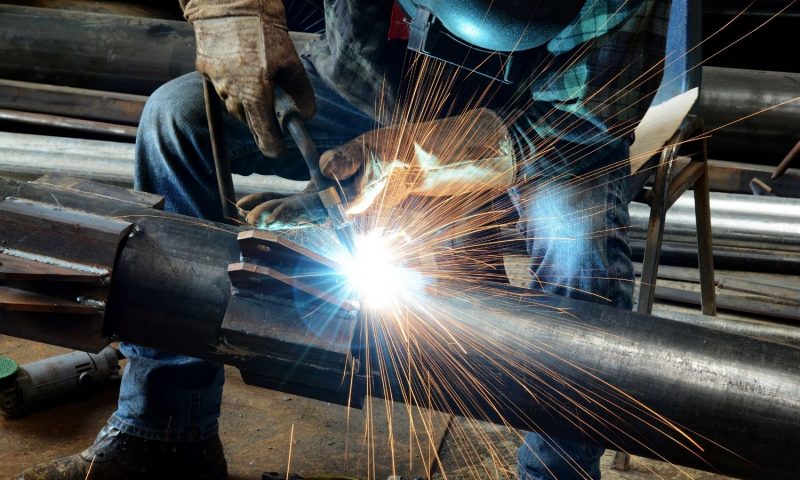Professional welding is a hands-on and gratifying field that practically anyone can enter. To learn the necessary steps to do so, read this brief guide.
Becoming a certified welder is exciting in part because of the breadth of industries welders work in. From industrial fabrication and manufacturing to aerospace and shipbuilding, welders often have widely different job descriptions.
That said, they do share a roughly similar journey to welding. To learn how to become a certified welder, from obtaining schooling and experience to taking tests, read this guide.
Enroll in a Welding Program
Assuming you have your GED or high school diploma and a solid math background, enrolling in a welding program is your first step. Available through vocational schools and local community colleges, these training intensives help you understand how welding works and its applications while offering you supervised practice.
Welding school provides you with either a certificate or degree in welding technology, the former taking as little as six months and the latter two (to four) years. After completion, a certificate or degree helps you secure an apprenticeship and generally gain credibility within the trade.
Get an Apprenticeship
While welding school is a vital part of the equation, it isn’t the most important thing. Book knowledge has its place, but daily practice is a better teacher. That’s why you need to pursue a good apprenticeship to further your goal to become a certified welder.
While onsite, you benefit from the years of experience your teachers have. As you soak in their wisdom, you get a better idea of best practices and how to put them into motion. On top of that, an apprenticeship allows you to earn money and even springboard into a career with that company upon your certification.
Study and Practice for Hands-On Welding Exams
When you’re ready to transition into a welding career, with school and an apprenticeship under your belt, prepare for your tests. There are many different types of welding procedures for industrial fabrication and other fields you may need to master. Brush up on certain processes and welds, prepping for nondestructive and destructive assessments.
Nondestructive Tests
Without performing a weld, you need to be able to determine the condition of a metal part. To do so, your visual checks must be up to par, while grasping more technical ultrasonic and liquid penetration methods is a must as well.
Destructive Tests
Meanwhile, destructive tests involve actual welding demonstrations in a number of methods and orientations. In addition, your tester will ask you to perform chemical and mechanical tests.
